|
Although I espouse the principles of planting for wildlife, I always seem surprised when it actually works. Wildlife need food, water, cover and a place to raise their young in order to live. Though there’s little in this world I can control, there’s an opportunity to make a difference when we plant for wildlife. Though sometimes I may put a handful of sunflower seeds on the “seed table” for the resident cardinals or blue jays, I don’t feed the critters. I do make sure my planting choices and practices are compatible with the needs of our native creatures. The best thing you can do to attract wildlife is plant native plants and they will come. Critters can be pretty sneaky. Case in point: the gardener picked a ripe avocado and put it beside his lunchbox only to return to find it had disappeared. Hmmm? He assumed I had picked it up. I had not. A short while later we opened a storage box and there was movement and I screamed (of course), as I’ve never become accustomed to actually seeing wildlife in my yard, and an enormous possum crawled out. It must’ve weighed 15 pounds! It had been the culprit that stole the avocado, and by the looks of things may have consumed many more. The possum just lumbered off when it saw us. My thought is there’s enough here for both of us, and I don’t mind sharing some fruit or produce from my garden. One morning in January while surveying the yard, looking for ripe fruit or vegetables, and clearing up any rotting fruit on the ground, I came across what appeared to be a dead possum. It was intact, no appearance of foul play, although I am aware that some homeowners put out bait to kill the rats, so perhaps this critter was an unfortunate secondary victim, since their diet consists of mice and rats… perhaps it ate a poisoned rat. Opossums are nature’s “Sanitation Engineers”. They also eat insects including cockroaches, crickets and beetles, and snails, as well as dead meat. I picked it up, placed it in a grocery bag, and put it in the trashcan. I didn’t think any more of it. That is until I told the story to a naturalist who asked me if I was sure it wasn’t “Playing Possum”… you know, acting dead to dissuade a predator. A possum will hiss, growl and flash a mouthful of 50 fierce-looking teeth in hopes of scaring a predator. If that doesn’t work they will play dead, since the predator is less interested in dead meat. The naturalist said it’s an involuntary comatose-like state induced by extreme fear, and somehow the opossum’s body knows when the danger has passed. They could not control it, but would “come to” again. Nature’s mystery! Putting it that way, I was not able to say I tested for temperature or life signs. It just looked dead. That made my husband Ted remark,”When I die will you make sure you get a second opinion? to make sure I am dead?” He is one of a not so small fraternity / sorority / “e-ternity” of people who have died (for Ted 8 minutes flat-line) and come back to life. People who have had this experience return with glowing stories of family reunions, or a sense of knowing about the glory of the afterlife.  “We discovered a large possum enjoying some scraps outside the front door the other night. We used to have one who came so regularly every evening you could set your watch by him. I do believe that nothing in nature is ugly; however, I must also admit that there are some things that aren't exactly beautiful, and the possum is one them! This particular one was quite tame and would be quite still to be stroked. His coat was as silky and soft as goose down which made him beautiful to touch. Perhaps we lay too much store in believing beauty to be a visual thing, whereas in fact it should involve all the senses.” (January 1980 - TORN (The Ocean Reef News) AN OPOSSUM RESCUE One lucky orphaned possum was adopted by my webmaster Brittney Novalsky, who named it “Paris”, and she raised it from the size of a tiny mouse until 3 years old. Brittney says Paris loved to cuddle, go on bike rides, and had a very special diet to keep her healthy. She drove an hour round trip to get her quail eggs. Though a possum’s life span is a short 3-4 years, Brittney says the experience of knowing love from an opossum was worth it.
The opossum is North America’s only marsupial. Infants stay inside the mother’s pouch to nurse and develop, but if the mother dies while still nursing, her offspring rarely survive. At 7 weeks old, the young leave the pouch but stick close to mom, still nursing and often riding atop her back.
1 Comment
The first eco-tourist to visit the Keys was French-American ornithologist, naturalist, and painter John J Audubon, who in 1832 visited Indian Key and Key West. Audubon wasn’t coming down to see the sunset, he was coming to document the birds here. In the late 1700's and early 1800's Audubon was witnessing the demise of birds across the landscape due to the widespread killing of birds for the plume trade… plumes from many of the wading birds in South Florida were designed into hats. With his keen eye and close observation, this self-trained artist created detailed watercolor, pastel and graphite drawings, in addition to oil paintings of more than 500 types of birds in their natural habitat. One of the largest birds in North America, the American White Pelican, (Pelecanus erythrorhynchos) winters in the Florida Keys, not to breed, but to soak up the warm weather. I spotted a flock of nearly 50 White pelicans at Crocodile Lake National Wildlife preserve the first week of February, while traveling north on Card Sound Road, just past the three way intersection. As I looked to the east, sitting amongst red and black mangroves were 40 - 50 American White pelicans. They sat comfortably preening, dosing, and soaking up the sunshine oblivious to my presence 500 ft. away, across the water, from behind a guard rail along the gravel shoulder of Card Sound Road. White Pelicans are tolerant of human observers if not approached too closely. Most people are familiar with the Brown Pelican, (Pelecanus occidentalis) who can be seen everywhere all year long in the Keys. While White pelicans wade in the tidal flats, Brown pelicans patrol their fishing waters and are seen begging for fish at docks or off bridges. Unfortunately some of these Brown pelicans eventually swallow fishermen’s hooks as the pelican swoops over and swallows the bait hook and all. If the line is cut the bird flys off to have the line entangled and the bird is left hanging from some mangrove, or that doesn’t happen, the bird dies from an infection caused by the embedded hook. The fisherman in this situation should call the Wild Bird Center. Brown pelicans are known for their spectacular head-first dives to snag a fish. White pelicans feed by dipping their bills in the water and scooping up prey such as small minnows. Sometimes 10-12 White pelicans work together to drive fish into the shallows where the fish become more concentrated and easier to catch. The Brown pelican nearly disappeared from North America between the late 1950’s and early 1970’s, threatened by human disturbance, and direct exposure to pesticides, which caused death or reproduction failure due to eggshell thinning. It was an amazing sight to see these White pelicans, but they were in the right spot… the Crocodile Lake National Wildlife Refuge. The Keys are home to four National Wildlife Refuges: National Key Deer Refuge, Great White Heron, Key West and Crocodile Lake, plus other land and sanctuaries set aside to protect our native plants and wildlife. The wildlife come to these places because there is suitable habitat, with the space, food, shelter and cover they need. We have these spaces because the residents and people of the State of Florida woke up in time. In the 1950’s land had been platted for homesites, even those areas sitting under two feet of water. Dredging and filling fragile coastal mangroves was a common practice. According to the National Audubon Society by 1960, 60 % of the wading bird feeding grounds disappeared from Lower Matecumbe Key through North Key Largo. In 1975 when Florida designated the Keys an “Area of Critical State Concern" a large chunk of undeveloped land in North Key Largo was saved. Crocodile Lake National Wildlife Refuge was designated in 1980. The following quote from the December 1987 The Ocean Reef News gives an insight to popular opinion at the time: “With the protective moat of undeveloped wilderness cocooning Ocean Reef property owners outside our gate, some are taking a kindlier look at the alligator's cousin - the crocodile. 14 years ago the crocodile made the endangered species list. North Key Largo is the major of only three protected areas, being bought by and preserved by the state. Until quite recently, there were 27 major developments on the drawing boards for our neighboring upper Key Largo. "Can you picture the line at Card Sound bridge, if that happened?" commented one homeowner. "Or the road traffic south to Winn Dixie? Let's keep those females laying.. and the males at bay.” I wonder what the folks in 1987 would have thought about the diurnal “trade-parade” of workers commuting to work along Card Sound Road? A wonderful bird is the pelican,
his beak can hold more than his belly can. He holds food in his beak Enough for a week And I don’t know how in the hell he can. Often when people move to the Keys, the first thing they try to do is make their new home just like the place they left. Locals can pick up pretty quickly who these “they do it where I come from” newcomers are; within five minutes of meeting Angela and Brian, and observing their efforts to caretake our fragile Florida Keys environment, I knew they were a good fit here. They came down as a family when their middle child Logan was transferred to Coast Guard Station Islamorada, and once here, decided not to leave. Jokingly Brian and Angela aways said, “when the kids are gone we are going to quit our jobs, run away to the Keys and become bartenders, live in a one room shack with an A/C that is halfway broken and they wouldn’t care if there are roaches!” A positive twist on the old story “Come on vacation… leave on probation.” They researched house prices, and soon realized they couldn’t quit their jobs and become bartenders. Luckily, their jobs allowed them to work from anywhere, so they got more of their full dream than most anyone would want. The house they found online, located in Harry Harris Park, from an aerial view on Zillow, was your typical pea rock yard and stilt house property. The backyard borders a natural mangrove and buttonwood preserve, which if you were to crawl a few hundred yards through the County owned property, you could reach the shoreline. Soon after moving in Angela noticed shells near the A/C condensate drainpipe, picked one up, and saw it was a land hermit crab (Coenobita clypeatus). In honor of their new-found friends, Brian and Angela named their property ~ “Crustacean Plantation”. Never having had a hermit crab as a pet, her first reaction was “I don’t know how this works,” but she learned. She started by counting her hermit crab encounters, and began numbering the shells. At some point past 100 crabs she stopped counting. Hermit crabs have soft abdomens which require protection of a shell, and who require bigger shells to suit their bodies as they grow. She observed encounters where one crab was trying to hijack another crab’s shell. A crab will approach a shell, be it occupied or not and tap on it with it’s own shell. If it is occupied it will continue it’s incessant thumping until the resident crab gives up the shell willingly, or is evicted by force. Lost pinchers or legs found on the ground, are evidence of crab shell fights. Realizing a need, Angela started purchasing shells to put out in a designated “Transfer Station” and almost immediately small or broken shells were traded off for the new and roomier models, kinda like a used car lot for hermit crabs. Broken shells are left vacant, as they no longer provide protection or cannot hold fresh water needed to lubricate the crab’s gills. Angela and Brian have spent hours in the garden, adding mulch and soil, making new beds for the native and flowering plants, and adding water sources for the critters. Bricks and boulders line the raised beds full of soil and mulch. Hermit crabs need soil or sand substrate in order for them to molt; since the Keys doesn’t have dirt, the hermit crabs must surface molt or find leaves, and bury themselves during this vulnerable time. In their new beds, Angela and Brian have seen little dig piles where a hermit crab has gone to molt. We have provided them a “crabitat” - something they probably wouldn’t normally have. Creeping zoysia grass covers the former barren pea rock yard, leading up to an undisturbed tidal rocky area in the back of the property where the crabs hang out. As we approach we can hear clacking as the crabs retreat and their claw clamps shut the shell opening; hermit crabs have keen eyesight so it is hard to sneak up on one. We stare at the rocks, and soon detect movement; a shell blending in perfectly contains a hermit crab on the move. A sign “Hermit Highway” designates where the crabs cross to go to the ocean to lay their eggs, and after having done so return to the dry land to resume their lives. The “Crustacean Plantation” is on the Garden Club of the Upper Keys garden walk, Sat. Feb 17, 2024. It is located in the Harry Harris Park area, a hidden gem, full of natural beauty, and a livable community for those who work here, and the creatures who were here before we came.
You might want to bring along a shell or two for a hermit crab in need |
CAROL ELLIS
This photographic website provides me the opportunity for self-expression, for sharing Archives
May 2024
TAGS
All
|
© Copyright 2022. Carol Ellis Photography.
All Rights Reserved.












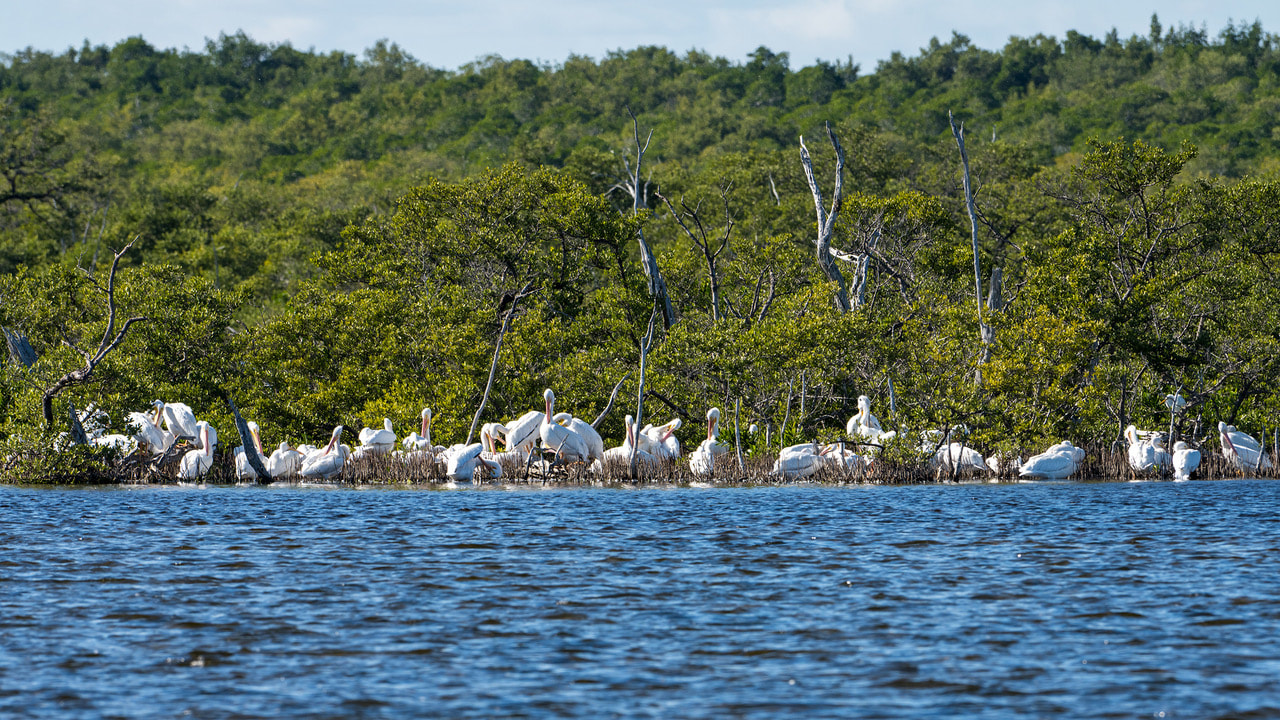
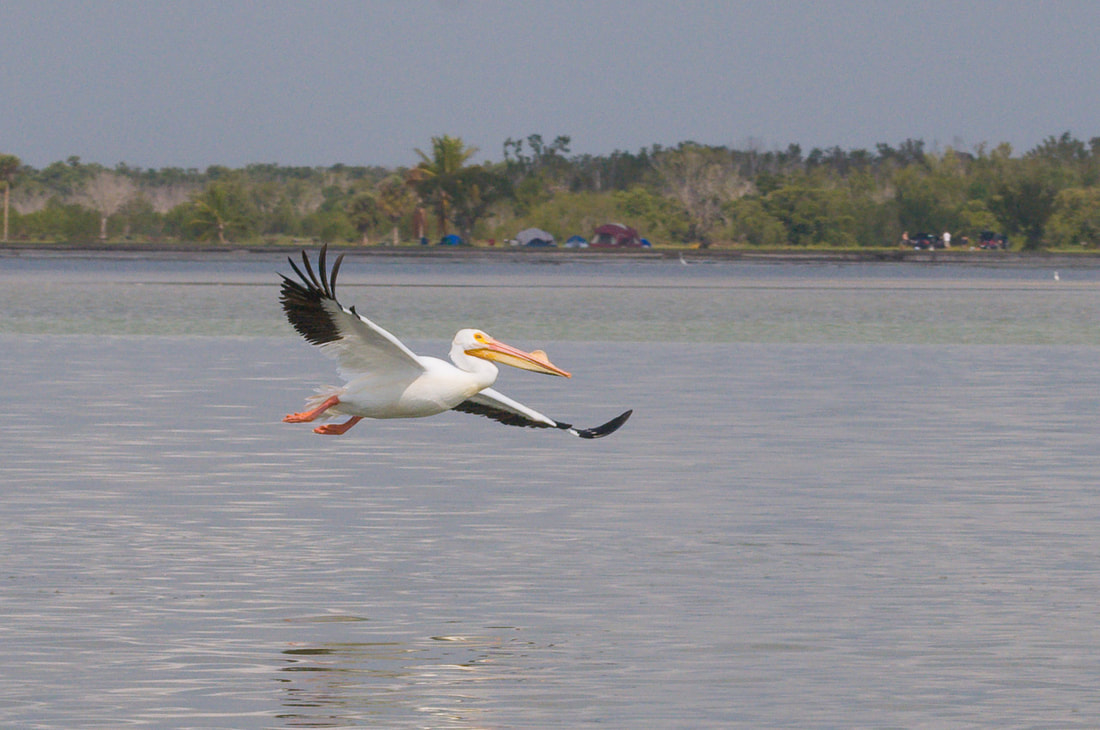

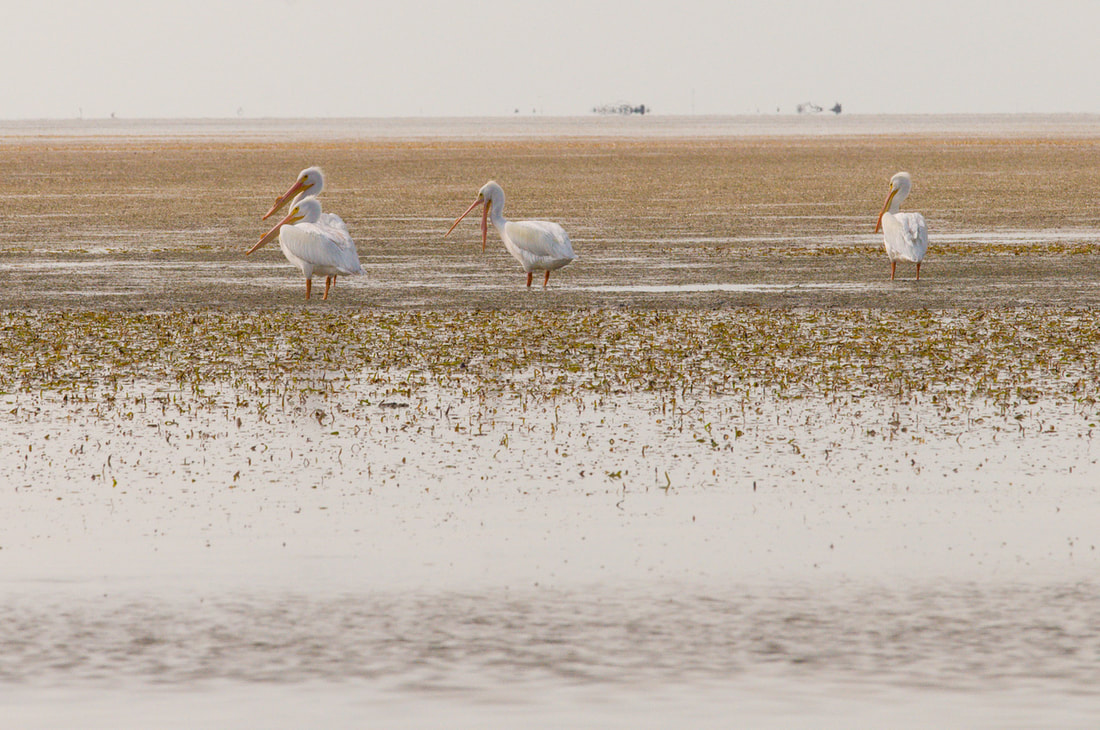

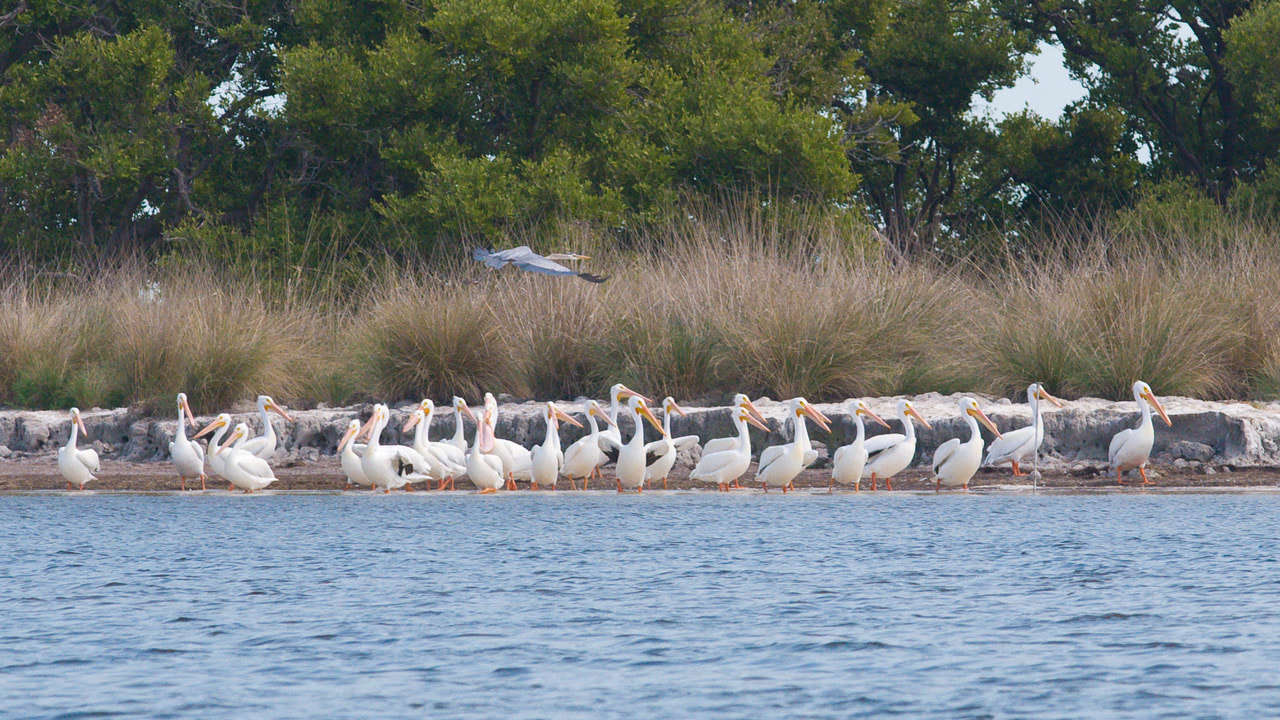
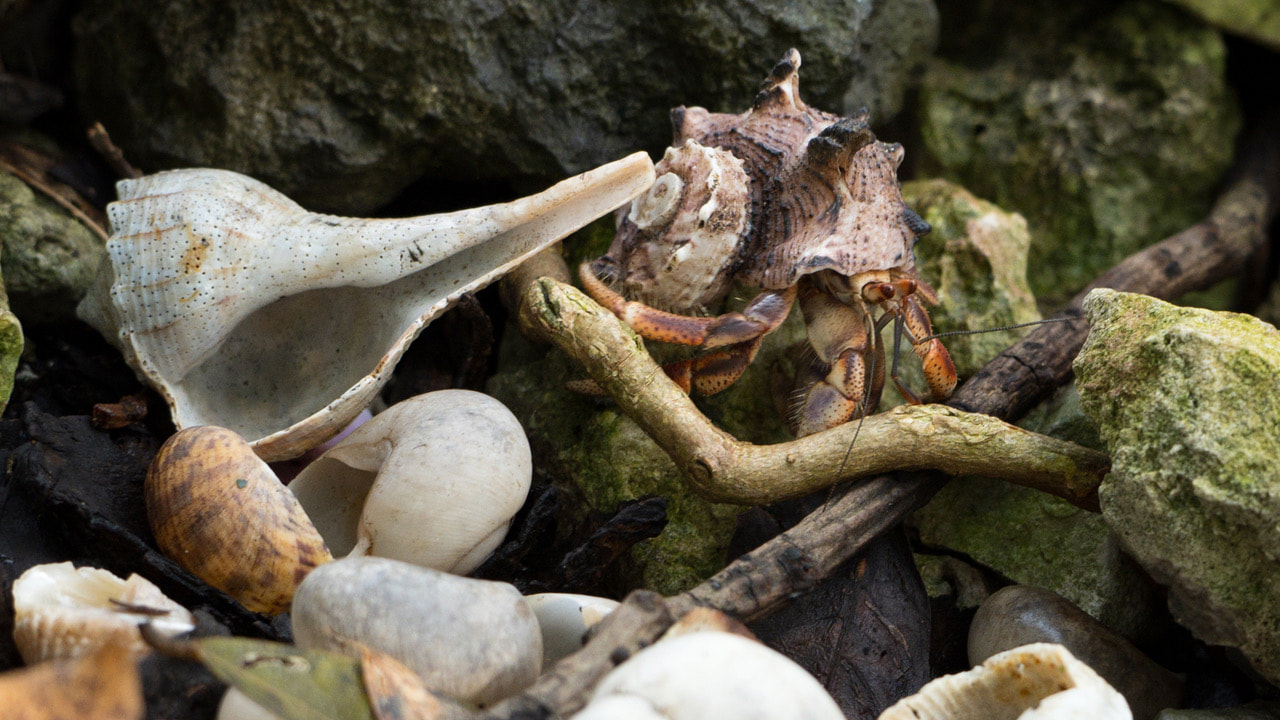

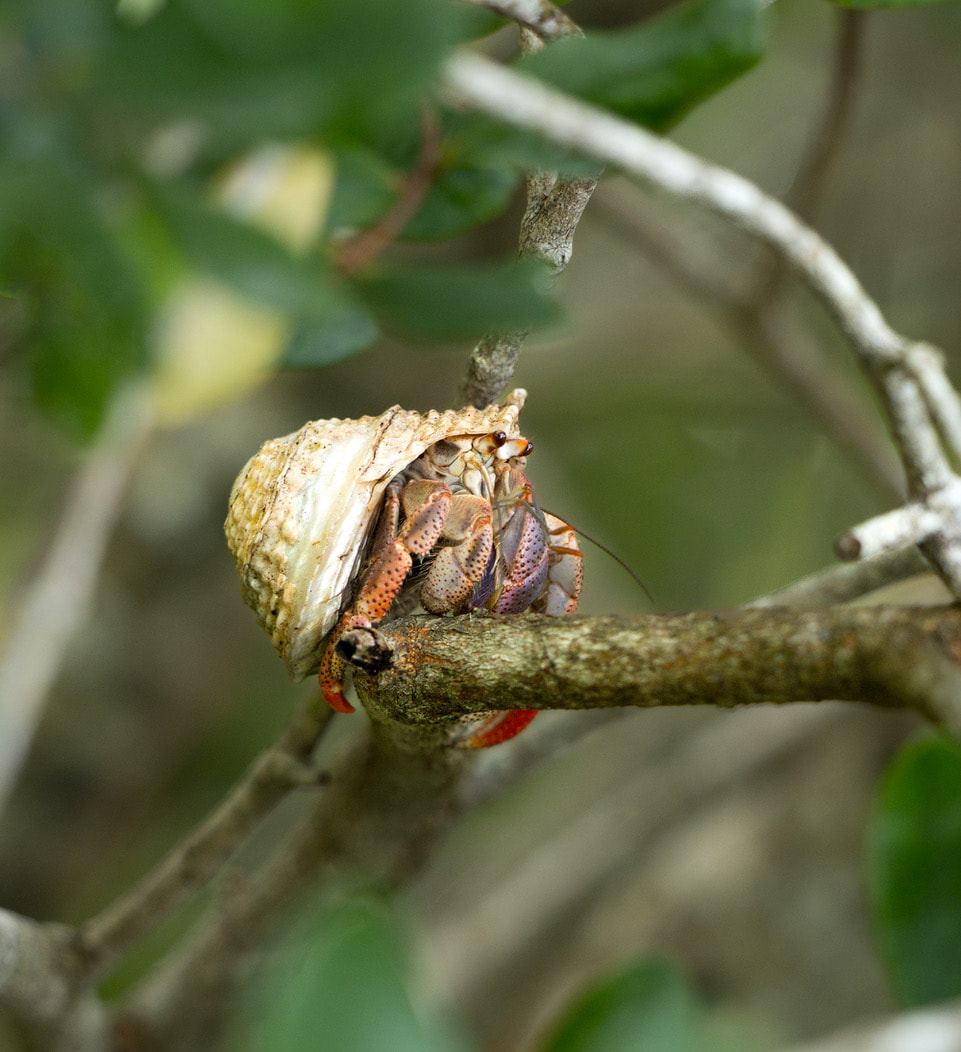
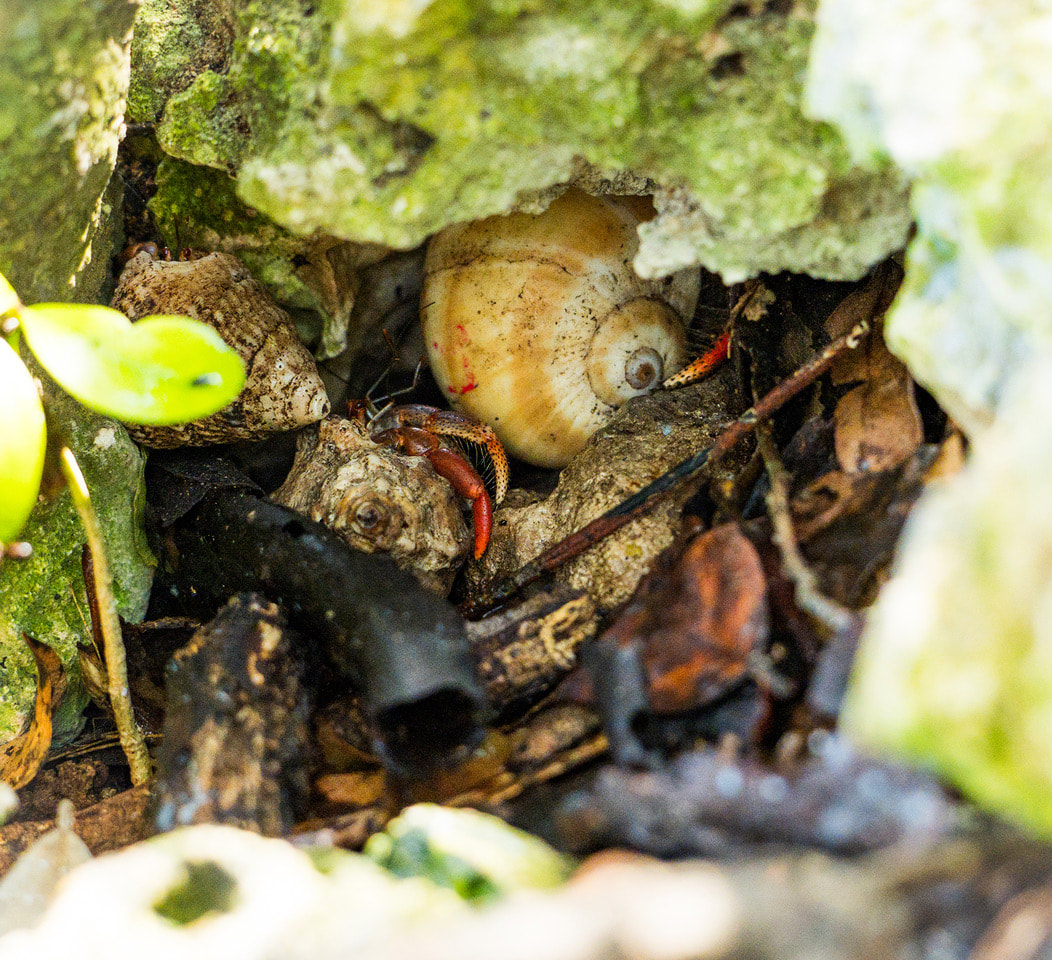
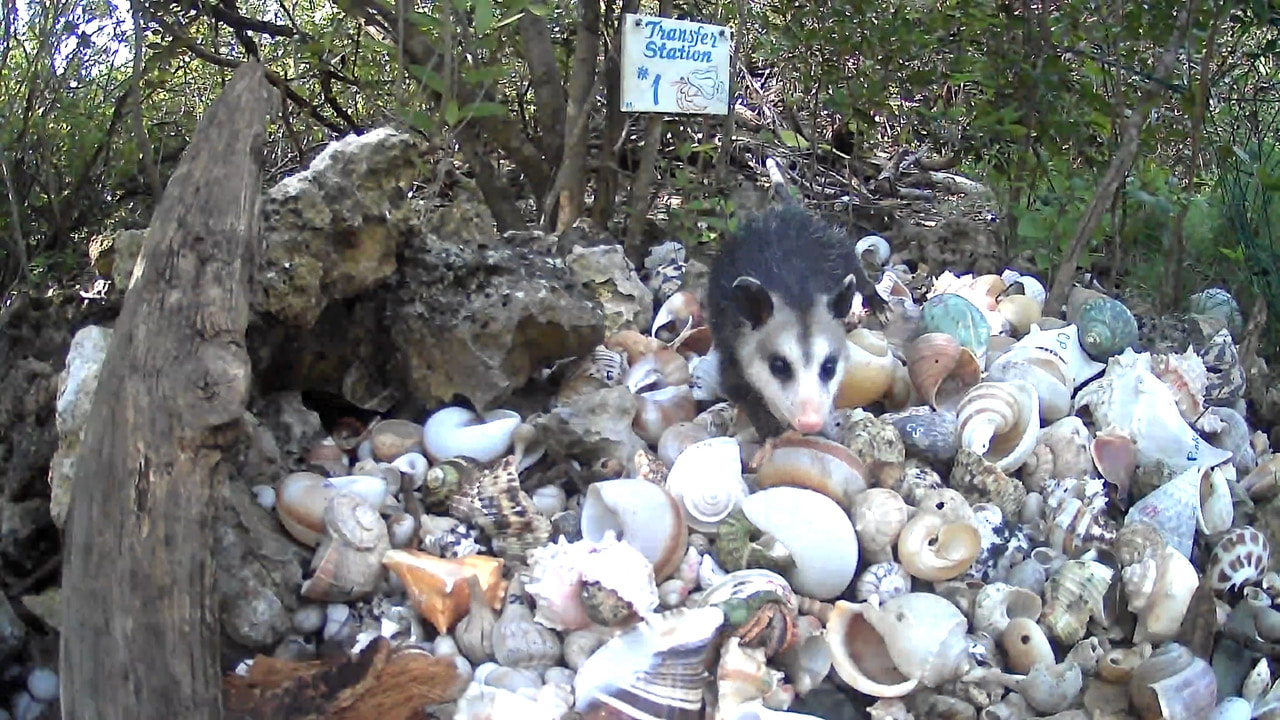
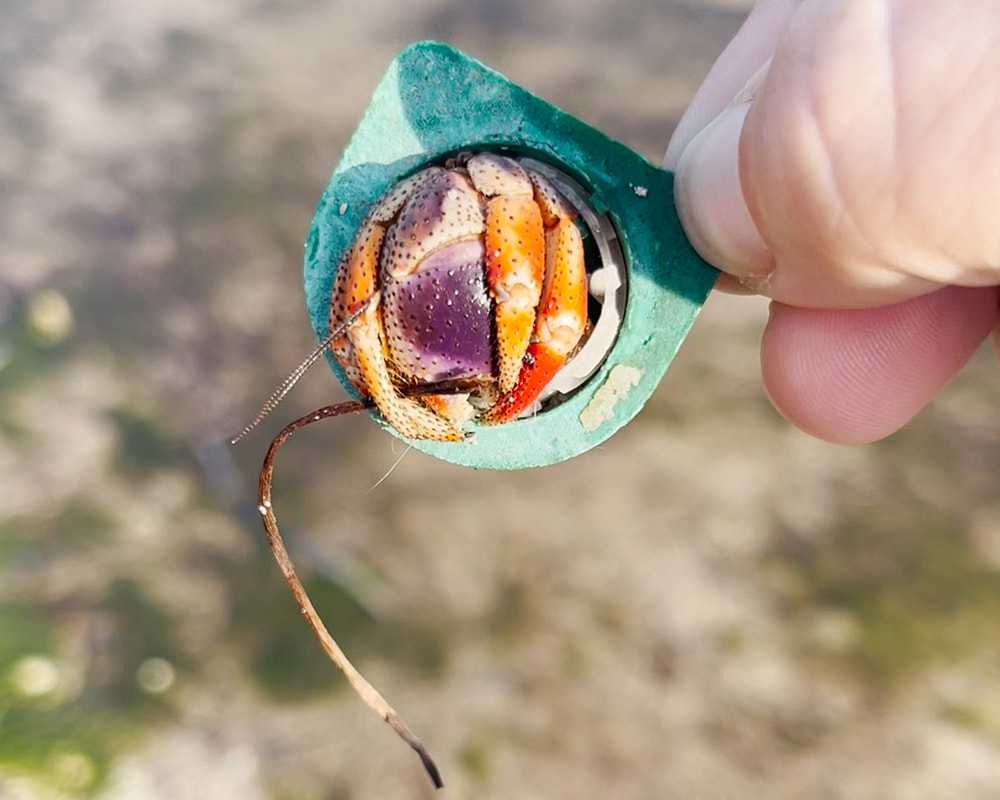
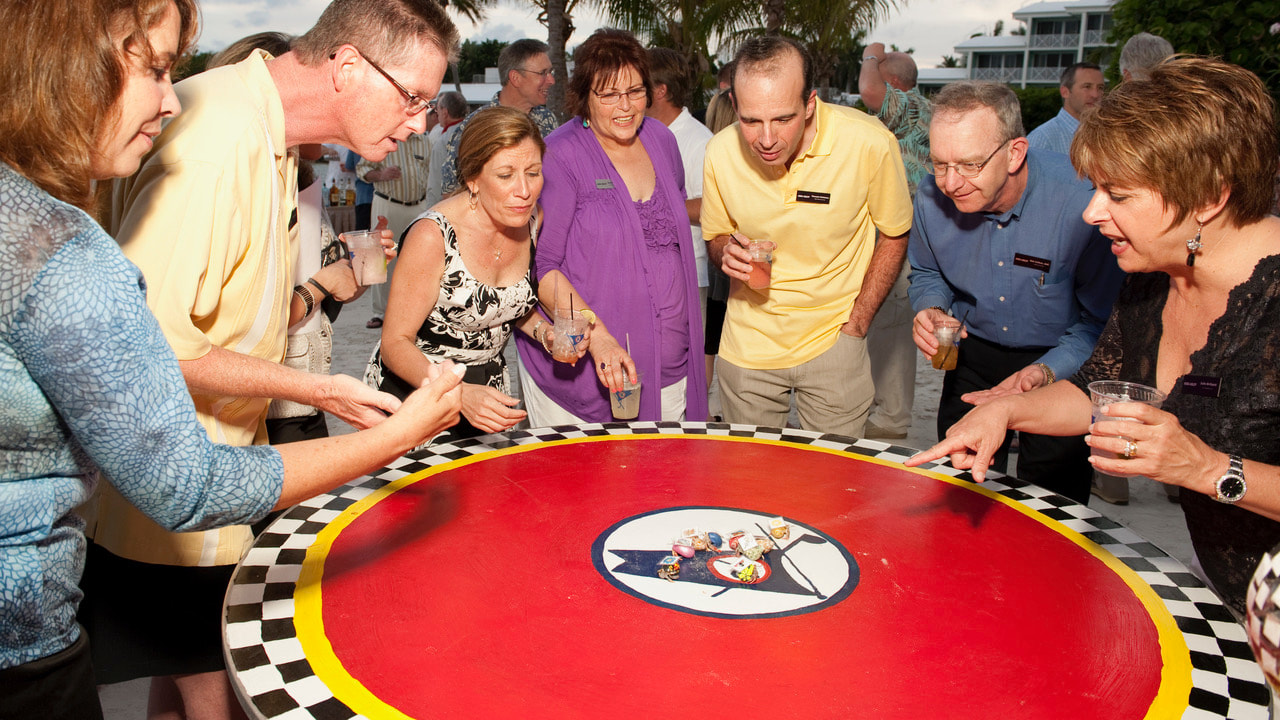
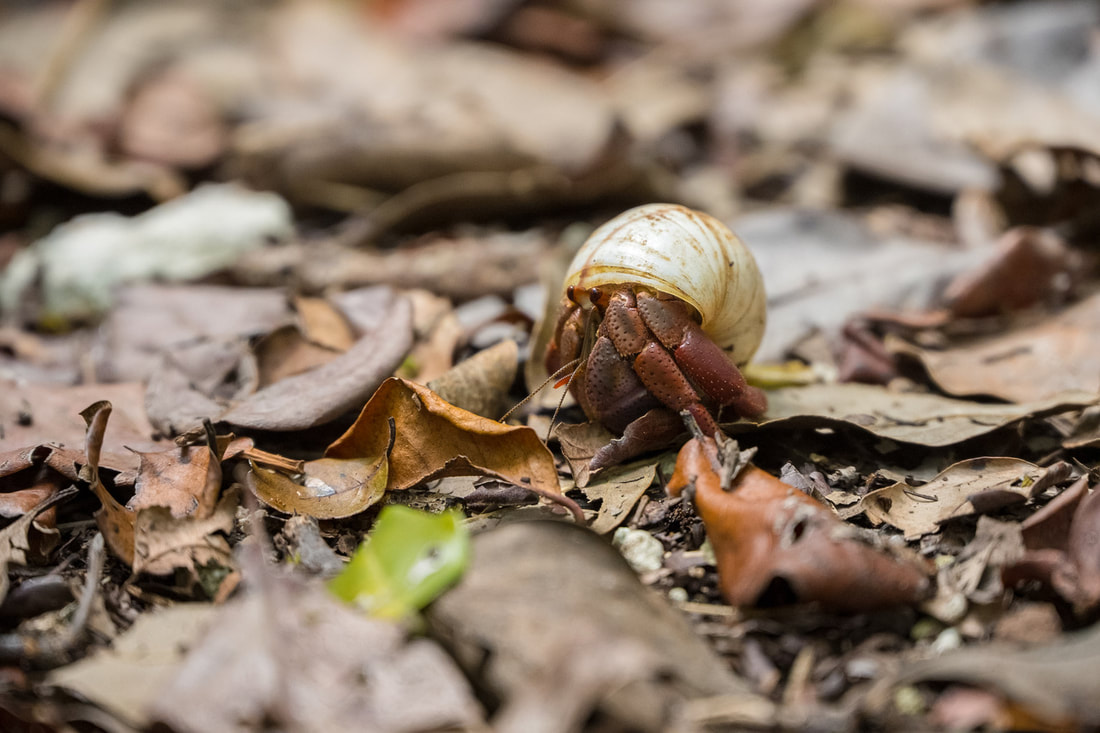
 RSS Feed
RSS Feed
